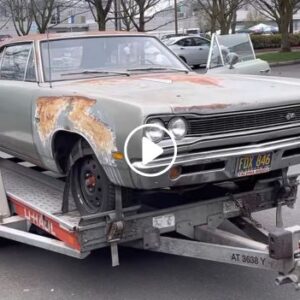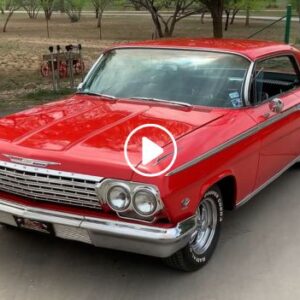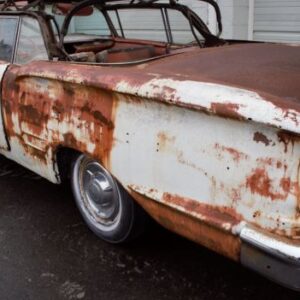For the 1965 model year, Chevy unleashed its most lethal factory-built, high-performance muscle car in the shape of the Z16-optioned Chevelle Malibu SS. However, it curiously chose not to advertise this fantastic Pontiac GTO slayer, with select Chevy dealers making only a few well-vetted enthusiasts aware of its existence.
Whether you live in the States or any other part of the world, classic muscle cars should have a special place in your heart if you’re a true high-performance gearhead.
Yes, most of these rides don’t have the road manners of elegant European grand tourers from the same era, but their humongous, high-horsepower V8s and raw, often dangerous demeanor are precisely the traits that make them truly special.
Though modern muscle cars took this recipe to another level, their mid-1960s to early-1970s predecessors are still in a league of their own, which is backed up by their current values and collectibility.
Among the legendary model lines defining the so-called muscle car golden age, the Chevrolet Chevelle remains one of the most sought-after.
An answer for Pontiac’s GTO

Photo: Mecum
Initially, Chevrolet developed the Chevelle to bridge the gap between its compact Chevy II (later called Nova) and full-size Impala models, offering potential intermediate buyers a serious alternative to Ford’s successful Fairlane.
Available in all the body styles possible (including a two-door pickup marketed as El Camino) and benefiting from a wide-ranging options list, the Chevelle quickly became a best-seller for Chevy.
Later in the model year, as GM sibling Pontiac kicked off the muscle car wars with the high-powered GTO option for its intermediate model, Chevy added the Super Sport (SS) option for the top-of-the-line Chevelle Malibu.
The package only added premium features like a different steering wheel, individual bucket seats, bespoke instrumentation, and unique wheel covers, but, more importantly, it enabled buyers to get the optional 327-ci (5.4-liter) Turbo-Fire V8. Rated at 300 hp and 360 lb-ft (489 Nm) when equipped with a four-barrel carb, it was no match for the GTO’s 348-hp Tri-Power 389, but it did infuse some performance vibes to the Chevelle lineup.
With 294,160 Chevelles leaving Chevy dealerships during 1964 (including 76,860 SS models), the intermediate was subtly improved for 1965. But, since the Pontiac GTO was becoming more powerful and, therefore, more popular among high-performance enthusiasts, Chevy executives commissioned a similar Chevelle Malibu SS.
The option that flew under the radar
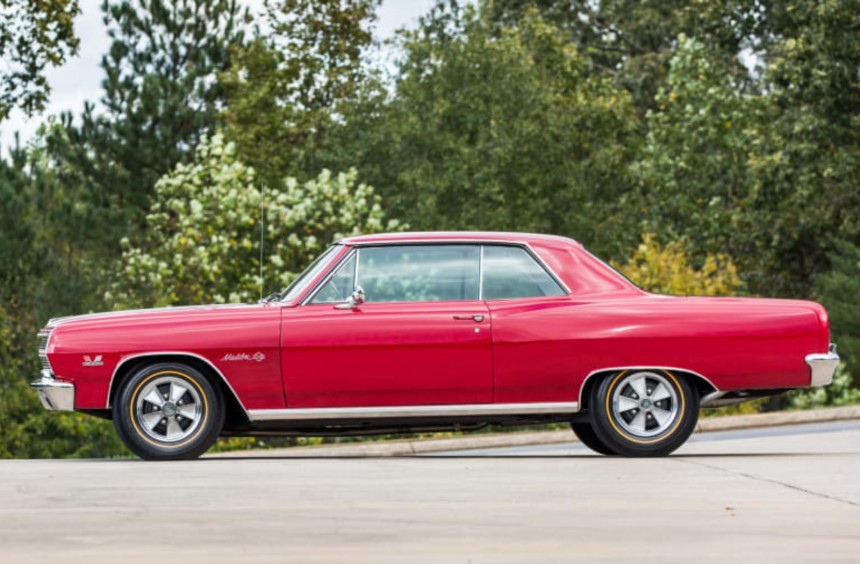
Photo: Mecum
The SS option was again available on the top-level Chevelle Malibu and could be had with any of the available engines. However, for those who wanted more power, Chevy added the Regular Production Option (RPO) L79 as an exclusive option for the SS-equipped Chevelles. This option meant that a new 327-ci (5.4-liter) small-block V8 found its way under the hood, boosting output to 350 hp.
For the vast majority of potential Chevelle SS buyers, this was the largest, most powerful engine that they could get. However, if the local Chevy dealer knew you were a speed addict with money to spend, you could be offered the Z16 option.
This “secret” $1,501 ($14,538 today) option that was not present on the standard options sheet the L37 396-ci inside the Chevelle’s engine bay, marking the first time a big-block would be stuffed inside an intermediate model from the factory.
Transforming the Chevelle SS Malibu into a thoroughbred muscle car
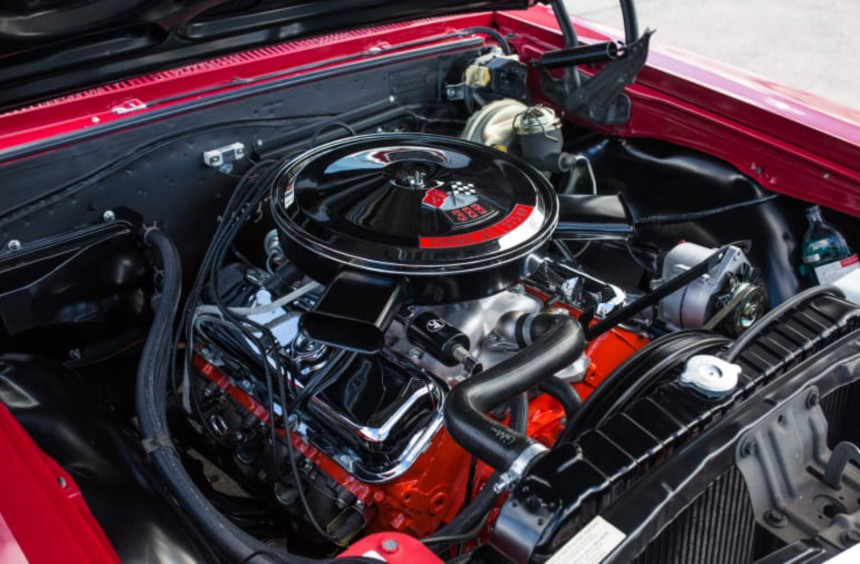
Photo: Mecum
Unlike the RPO L79, Chevrolet curiously chose not to advertise the Z16. Instead, select dealers were instructed to only present it to local enthusiasts with the desire and means to purchase a true high-performance version of the Chevelle.
The big-block V8 that highlighted the Z16 option was equipped with forged pistons and crank, four-bolt mains, ported cylinder heads, a hydraulic-lifter cam, and a Holley 3310 four-barrel carb that stood atop an aluminum intake.
With all those performance parts and a compression ratio of 11:1, the gargantuan V8 pushed out 375 hp and a stump-pulling 420 lb-ft (569 Nm) of twist, figures that trumped the GTO’s Tri-Power.
Apart from the high-powered engine, the Z16 also added a floor-shifted Muncie M20 four-speed manual with wide gear ratios, a more robust 12-bolt rear, bigger, Impala-sourced drum brakes, boxed frame rails from the Malibu convertible, and a heavy-duty suspension system that included stiffer springs, a front anti-roll bar, and rear stabilizer bars.
A rare, trailblazing icon
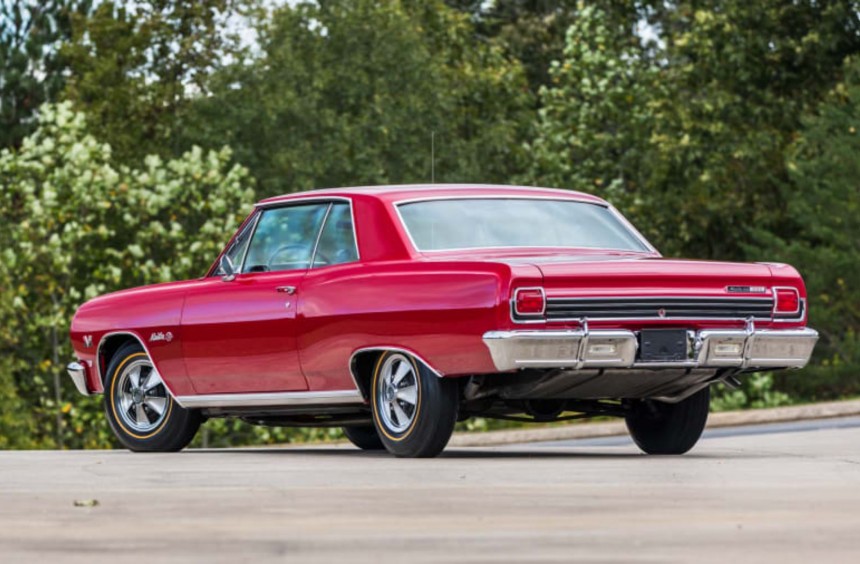
Photo: Mecum
Available towards the middle of the 1965 model year, the Z16 option was used to see if a true high-performance Chevelle with Tri-Power GTO-rivaling power would do well on the market.
Chevy produced only 200 two-door SS Z16 coupes and a single convertible, which was gifted to the division’s general manager Bunkie Knudsen.
The model was only available in three colors (Regal Red, Tuxedo Black, and Crocus Yellow) and featured virtually all the amenities available for the model line.
As you can imagine, they sold like hotcakes, prompting Chevy to offer high-powered options for the Chevelle in the following years and eventually transforming the SS into the muscle car version of the Chevelle. The nameplate that culminated in the 1970 Chevelle SS 454 became synonymous with muscle car excellence, and today, it’s one of the most sought-after models from the golden age.
Out of the 201 1965 Z16 units, only 72 are known to have survived. Because of its rarity and pioneering role in the rise of the Chevelle SS nameplate to muscle car stardom, one of these surviving examples is currently valued well over the $200,000 mark. However, even if you have the money to get one, you’ll have to arm yourself with a lot of patience since, during the last five years, only about three have surfaced at auctions.
